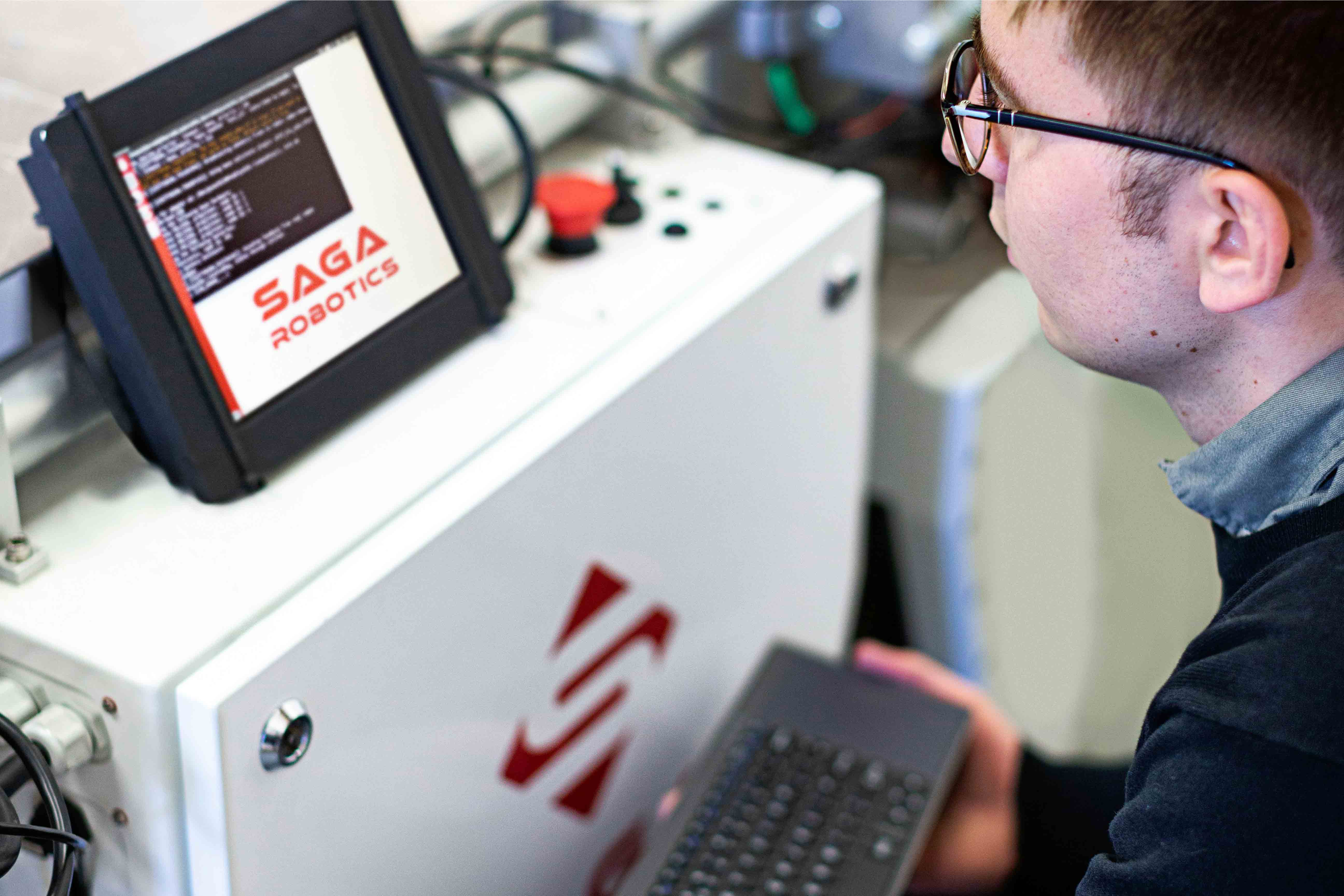Compliance Safeguards Tomorrow’s Industry
Compliance is no longer just a checkbox. It is a domain of expertise shaped by regulators, sector-specific standards, and export-oriented requirements. In the UAE and wider GCC region, national authorities such as the Emirates Authority for Standardization and Metrology (ESMA), the GCC Standardization Organization (GSO), and sector bodies like the Abu Dhabi Quality and Conformity Council (QCC) govern a growing set of mandatory regulations.
For manufacturers in the UAE looking to export into the EU or the US, it means understanding and complying with frameworks such as CE marking under the EU’s New Legislative Framework, or conformity with US-based directives like UL, FCC, or OSHA depending on the product class. This makes our compliance services particularly meaningful when you are preparing to initiate or undergo a formal compliance process. We assist with the process adaptations, risk identification, and documentation work necessary to prepare for certification and entry into regulated markets.
Our Strength
Among our core strengths is the way compliance is treated not as a separate discipline, but as a continuous thread that runs through the entire course of engineering work. This applies across both project development and product realization. Whenever possible, involvement is encouraged at the earliest stages—when clients are still planning, exploring feasibility, or shaping the technical and operational contours of their initiative. At this point, compliance factors such as safety assessments, cybersecurity frameworks, environmental constraints, or regulatory documentation can be embedded directly into early decisions on system design, technology selection, and supplier choices.
An alternative scenario is entering the process late, after a product is already built or a system is in the process of being commissioned. This often results in conflict between what was designed and what is actually required. That is where costly rework typically begins: changing layouts to meet functional safety norms, introducing controls for traceability, or modifying documentation structures to satisfy audit expectations. By contrast, when compliance is accounted for from the start, there is a higher likelihood of passing regulatory gates without delay or interruption. This not only shortens the time to approval, but also helps avoid repeat testing, unexpected certification hurdles, or production bottlenecks.
The integration of compliance into engineering workflows from the earliest stages is our key differentiator. When safety, cybersecurity, environmental, or certification aspects are embedded from the outset, regulatory approval becomes a by-product of well-structured development. The result is minimal need for redesign, reconfiguration, or rework—leading to faster certification, lower cost, and less strain on internal teams.
Our Focus
Compliance needs vary dramatically between sectors and regions. What’s mandatory in energy may be optional in logistics. A startup’s needs differ from those of a mature manufacturer. That’s why we don’t rely on templates. We partner closely with your teams to assess risks, interpret standards, and implement the exact processes you need—nothing more, nothing less. We focus on the compliance services listed because they reflect the key compliance pillars across most regulated industries today. To explore how each area may apply to your situation, we invite you to learn more abour compliance services.
Safety Compliance
Implementing systems that comply with industry-specific requirements and safety standards like IEC 61508 for functional safety.

Cybersecurity Compliance
Developing secure systems in line with standards such as IEC 62443 to protect industrial automation and control systems against cyber threats.
Environmental Compliance
Ensuring systems meet environmental regulations and sustainability standards relevant to the GCC region.
Certification Support
Assisting in obtaining necessary product certifications to meet regional and international compliance requirements.


